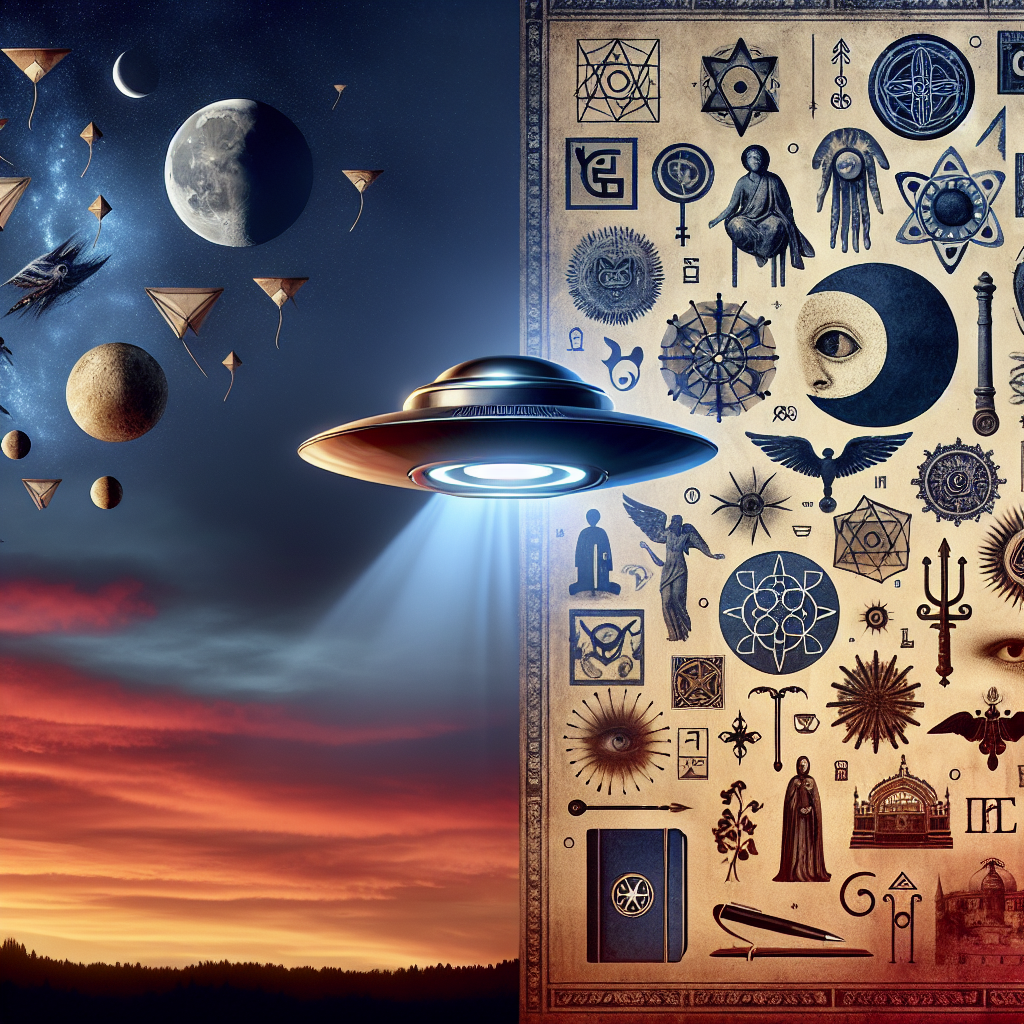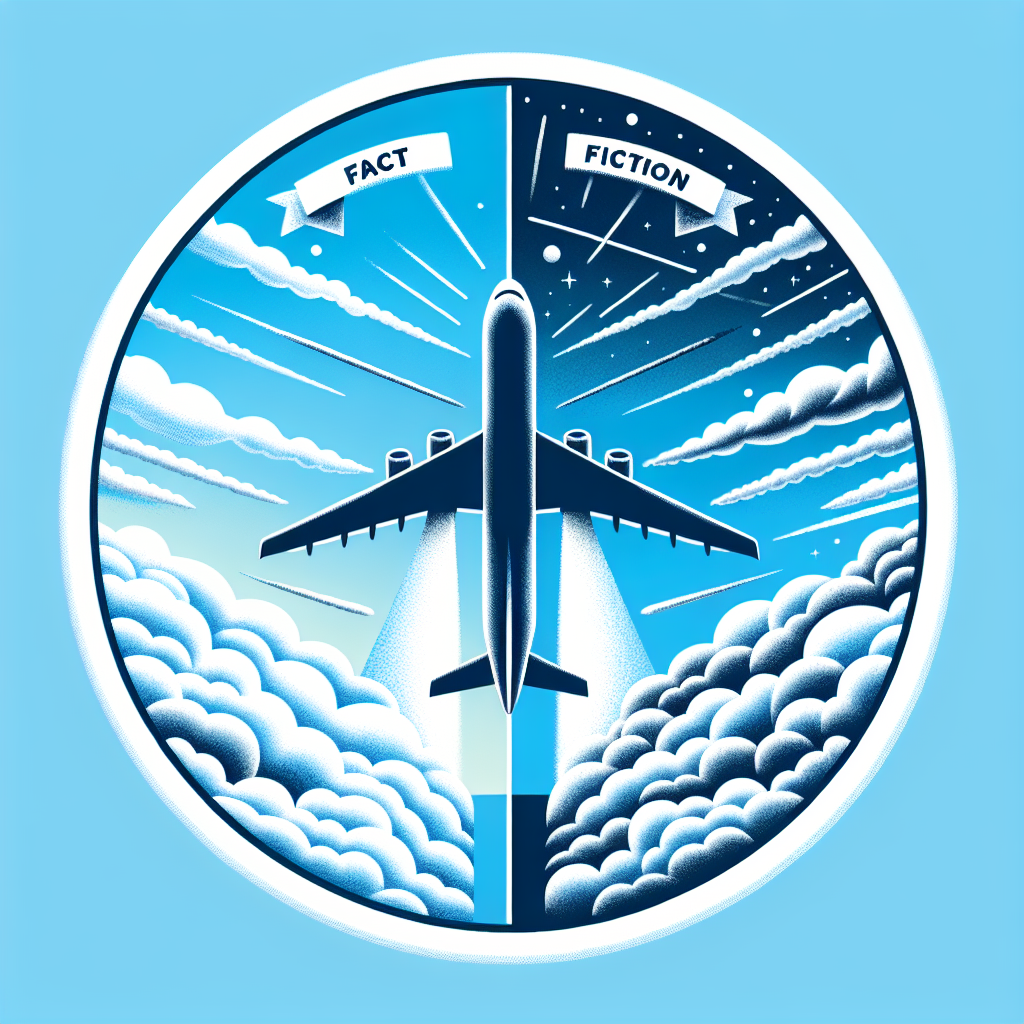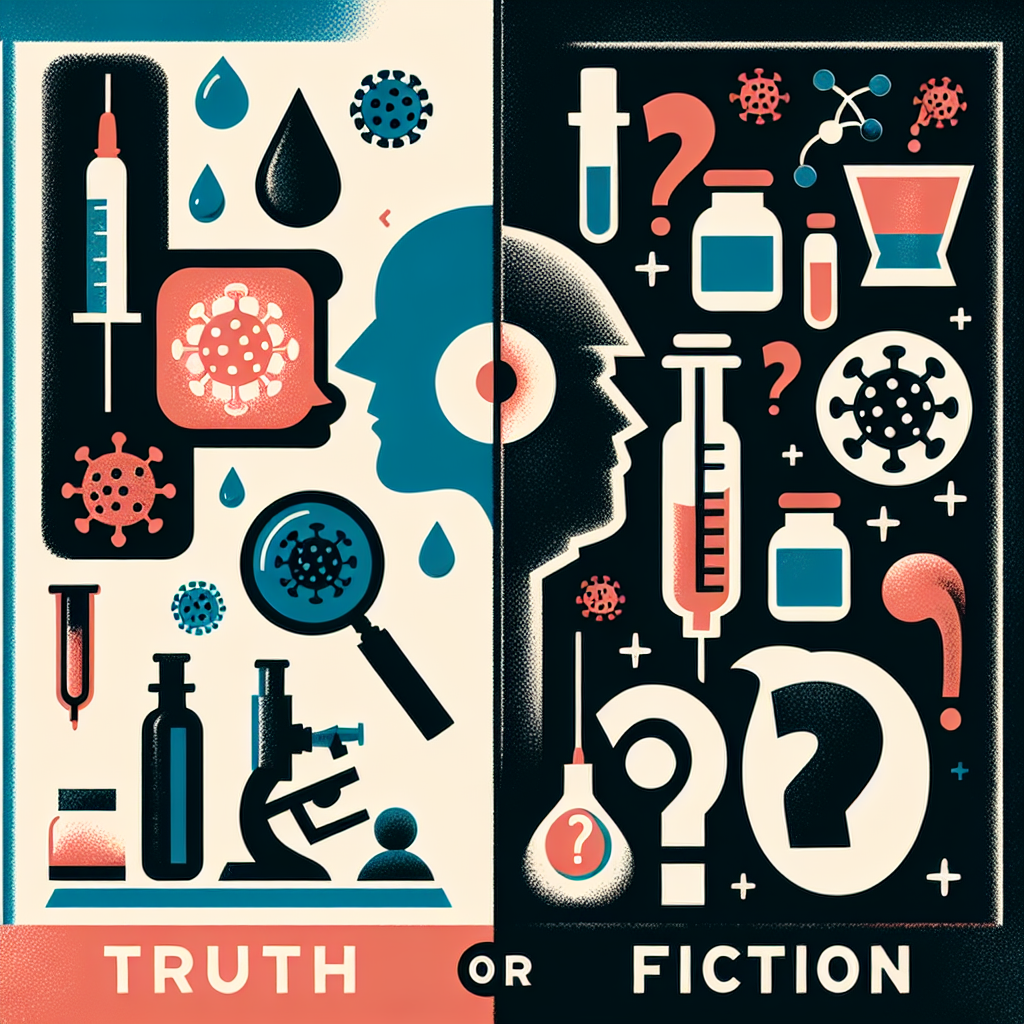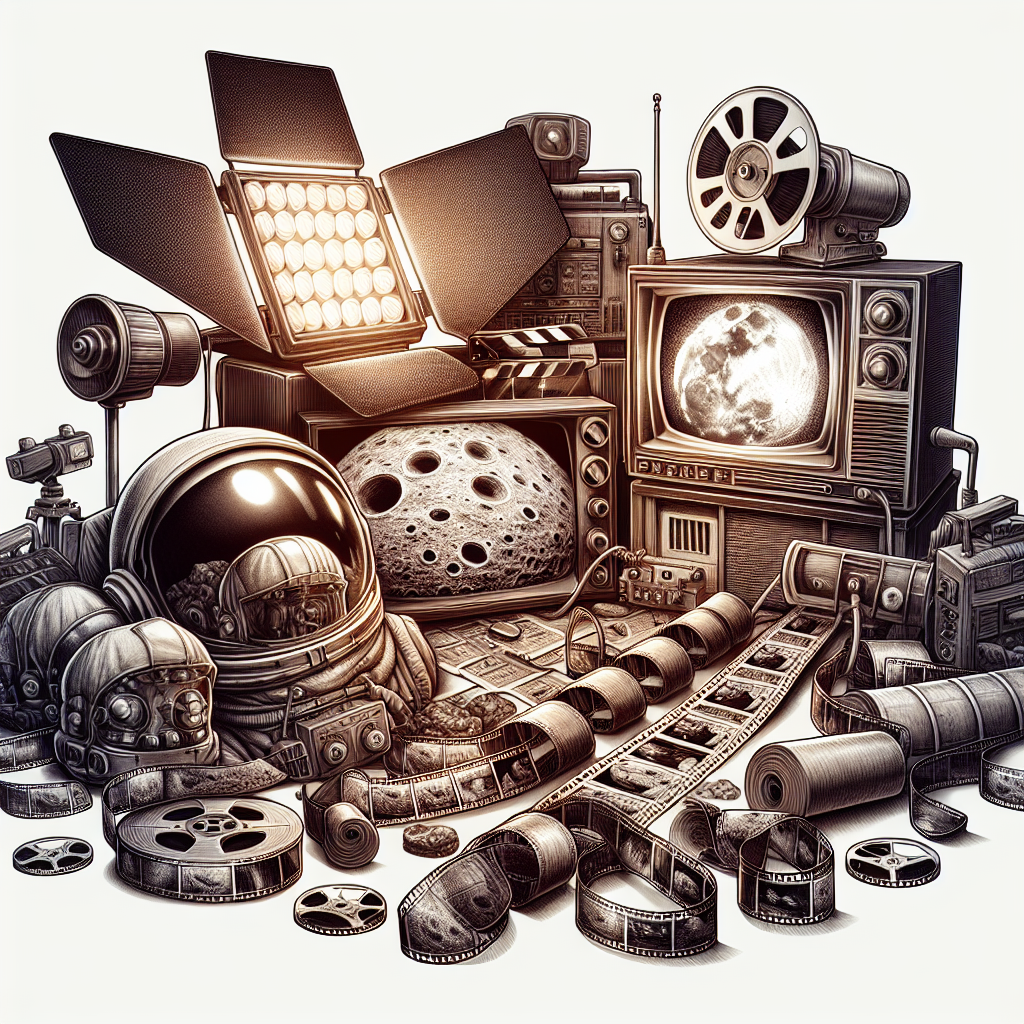The Impact of UFOs on Art and Literature: A Cultural Analysis
The phenomenon of Unidentified Flying Objects (UFOs) has captivated human imagination since time immemorial, influencing various disciplines, notably art and literature. The presence of UFOs in cultural narratives has evolved from mere curiosity and folklore into complex commentaries on societal anxieties, scientific inquiry, and existential dilemmas.
Historical Context of UFOs in Culture
The modern concept of UFOs took shape post-World War II when sightings became more prevalent. The Roswell Incident of 1947, where an alleged crashed saucer was said to have been recovered, marks a critical juncture that spurred public interest and debate. This period birthed a plethora of science fiction narratives, often showcasing UFOs as harbingers of extraterrestrial life. Artistic expressions drew upon this phenomenon, portraying not just alien ships, but also the emotional and psychological effects of such contacts on humanity.
UFOs in Art
UFOs have significantly impacted visual art, prompting artists to explore themes of the unknown, the sublime, and humanity’s place within the cosmos. The 1950s and 1960s saw an explosion in UFO-themed art. Notable artists like Salvador Dalí and Yves Klein incorporated elements of UFOs into their work, reflecting existential concerns and the search for higher realities.
Surrealism and the Cosmic Imagination
Surrealist painters often depicted UFOs as symbols of the subconscious mind and the otherworldly. In Dalí’s work, the juxtaposition of bizarre imagery and astronomical motifs evokes a dialogue between reality and surrealism, reflecting humanity’s yearning for connection with alien life. Klein’s “Cosmogonies,” where he explored cosmic experiences through color and form, also signifies an artistic attempt to reconcile human existence with the vast universe.
Contemporary Art Movements
The contemporary art scene continues to engage with UFO themes. Artists like Jeff Koons and Takashi Murakami incorporate pop art styles with references to UFOs, often critiquing consumer culture’s fascination with the extraterrestrial. Exhibitions such as “The UFO Festival Art Show,” organized annually in Roswell, New Mexico, celebrate this cultural phenomenon, fostering community involvement and artistic expression.
UFOs in Literature
The literary landscape has similarly been shaped by UFO narratives. From early works like H.G. Wells’ “The War of the Worlds” to modern novels like Andy Weir’s “Project Hail Mary,” literature has provided a platform for critical examination of technological advancements and their implications.
Science Fiction as a Vehicle for Cultural Commentary
Science fiction has often utilized UFOs as metaphors for broader societal issues. In Arthur C. Clarke’s “Childhood’s End,” the arrival of aliens prompts profound transformations in humanity, exploring themes of evolution, morality, and cultural identity. This genre allows authors to scrutinize humanity through the lens of the ‘other,’ encouraging readers to consider their values and beliefs.
Non-Fiction and Cultural Critique
Non-fiction works have also explored the sociopolitical implications of UFO sightings. Books like “UFOs: Generals, Pilots, and Government Officials Go on the Record” by Leslie Kean argue for the legitimacy of UFO research, pushing the discourse beyond conspiracy theories into serious investigation. The blending of credulity and skepticism in these narratives reflects a society grappling with scientific advancement, misinformation, and existential fears.
The Societal Impact of UFO Narratives
UFOs serve not only as artistic and literary motifs but also as reflection points for societal concerns during different historical epochs. The Cold War era, marked by anxiety and paranoia, found expression in literature and film depicting UFOs as both threats and saviors. Movies such as “The Day the Earth Stood Still” tackled issues of nuclear anxiety and the need for global unity, framing extraterrestrial encounters as a call for peace amidst chaos.
In more recent times, the prevalence of UFOs in popular media has often mirrored societal issues surrounding technology, surveillance, and the unknowns of scientific advancements. The rise of conspiracy theories aligns with growing public skepticism toward government transparency and corporate interests, inherently connecting the fascination with UFOs to a broader critique of authority.
The Influence on Genre and Narrative Structure
UFOs have also altered genres, resulting in a unique blend of fantasy, horror, and science fiction. The encounter trope has become a cornerstone in literature, evolving narrative structure and character development. Works such as “The Three-Body Problem” by Liu Cixin explore complex philosophical questions about humanity’s future in the face of cosmic wonders and threats, pushing the boundaries of traditional storytelling.
Artistic Interpretation and Public Perception
Public perception of UFOs has been shaped significantly by their portrayal in both art and literature. Through the lens of artistic representation, UFOs have transitioned from symbols of fear to objects of fascination and hope. Artworks often evoke emotional responses, and literature encourages readers to ponder fundamental questions about life beyond Earth and our responsibilities as stewards of our planet.
Media Influence and the Role of the Internet
The rise of the internet has democratized UFO culture, leading to user-generated content that proliferates artistic expressions and narratives. Online platforms enable artists, writers, and enthusiasts to collaborate and disseminate ideas, exploring UFOs through memes, podcasts, and digital art. This participatory culture has revitalized interest in UFOs while encouraging critical thinking, allowing diverse interpretations to flourish.
Psychological and Philosophical Dimensions
The engagement with UFOs in art and literature also brings forth psychological and philosophical dimensions. Themes of loneliness, fear of the unknown, and the quest for identity resonate deeply within these narratives. Authors like Philip K. Dick explore altered realities and existential crises, prompting readers to question their perceptions of truth.
Art, particularly pop art, often emphasizes an ironic distance from the subject matter, mirroring societal ambivalence towards UFO phenomena. This dual approach reflects a cultural curiosity intertwined with skepticism, allowing audiences to engage with themes of alienation, wonder, and companionship.
Conclusion
The influence of UFOs on art and literature encapsulates a broader cultural discourse that traverses social, philosophical, and psychological boundaries. As humanity continues to look towards the sky, the intersections of these narratives will undoubtedly evolve, reflecting our ongoing search for meaning in the cosmos. The allure of the unknown remains an enduring source of inspiration, affirming the role of art and literature in navigating the complexities of human existence amidst infinite possibilities.













Leave a Reply